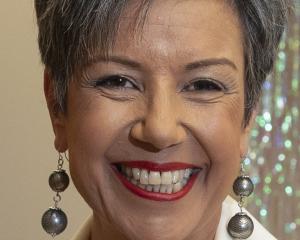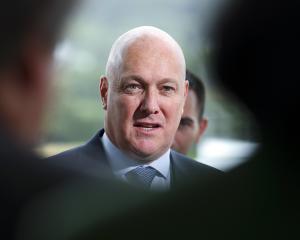It has been many a year since state education in New Zealand could be considered ‘‘free'', notably for secondary schools.
Every parent, especially of active children who like to be involved, know the demands to fork out money come around just about every other week.
The once-a-year so-called ‘‘donations''- but one of the calls for cash - were in the headlines last week, and they raise particular issues. Overall, the requests grow each year, with the needs of the computer and internet age just adding to costs.
Figures published in this newspaper show the estimated costs of education in state schools can now rise to up to $2000 for primary schools and about $3100 for secondary schools.
The figures are much higher for state integrated schools, and they leap again for private schools. All the secondary schools in Otago and Southland are either state or state integrated.
The costs cover fees, extracurricular activities, particular clothing, ‘‘necessities'', travel and computers. These days, too, there even can be overseas educational or sporting trips to be funded.
While schools are paid operations grants to cover basics, they are - and never will be - enough.
Even if the grants pay for whatever are considered the ‘‘basics'', and that is debatable, principals will always want more because facilities can always be improved, additional teacher aids employed and extra experiences undertaken.
Schools, not surprisingly, turn to parents via ‘‘donations'', fundraising through the likes of fairs and specific activities fees.
The donation is the most contentious, being a general amount to increase school coffers rather than being targeted.
The problem is the donation in many instances becomes, in effect, mandatory. Parents in subtle and not-so-subtle ways are pressured to pay.
Over the years, stories have emerged of this compulsion, one at a school north of Auckland in 2014 where ‘‘donation paid'' tags were issued to families who had paid the $155.
Is that really a donation? It mocks the true meaning of the word, voluntary giving.
With each controversy, it became clear schools can ask for donations but cannot legally force families to pay. As this has become more widely known, more parents have declined to pay. That is fair enough when the impost places further serious strain on stretched finances.
Those, however, who can afford to contribute should do so. Although it might be well and good to stand on principles, the schools need the money. That stubbornness, while theoretically justified, only deprives the school and its pupils.
The amounts expected vary markedly, from an average at a decile one school of about $60 to about $280 for decile 10. There are also big regional differences, with Wellington schools about $211 a pupil and Otago-Southland and some other parts of the country about $73.
Before the last election Labour developed a smart idea where ‘‘donations'' would be abolished for schools which so chose in exchange for $100 a pupil.
The cost - assuming most decile seven to 10 schools would stick with donations and aim to bring in far more than $100 - was put at about $50 million a year.
National points to donations and fundraising as only 1.8% of what taxpayers pay for early childhood, primary and secondary education.
It also notes the decile system means staggered funding support for schools so those from communities with the least resources receive more money.
National is also reviewing the funding system, although it is hard to see the donation system and the activity fees being abolished. There is, after all, the incentives a little ‘‘user-pays'' does create - an extra stake in the school and the activities.
Whatever the future holds, nonetheless, it is clear education is far from free. It is also clear that the gaps between the haves and have-nots will widen further.












